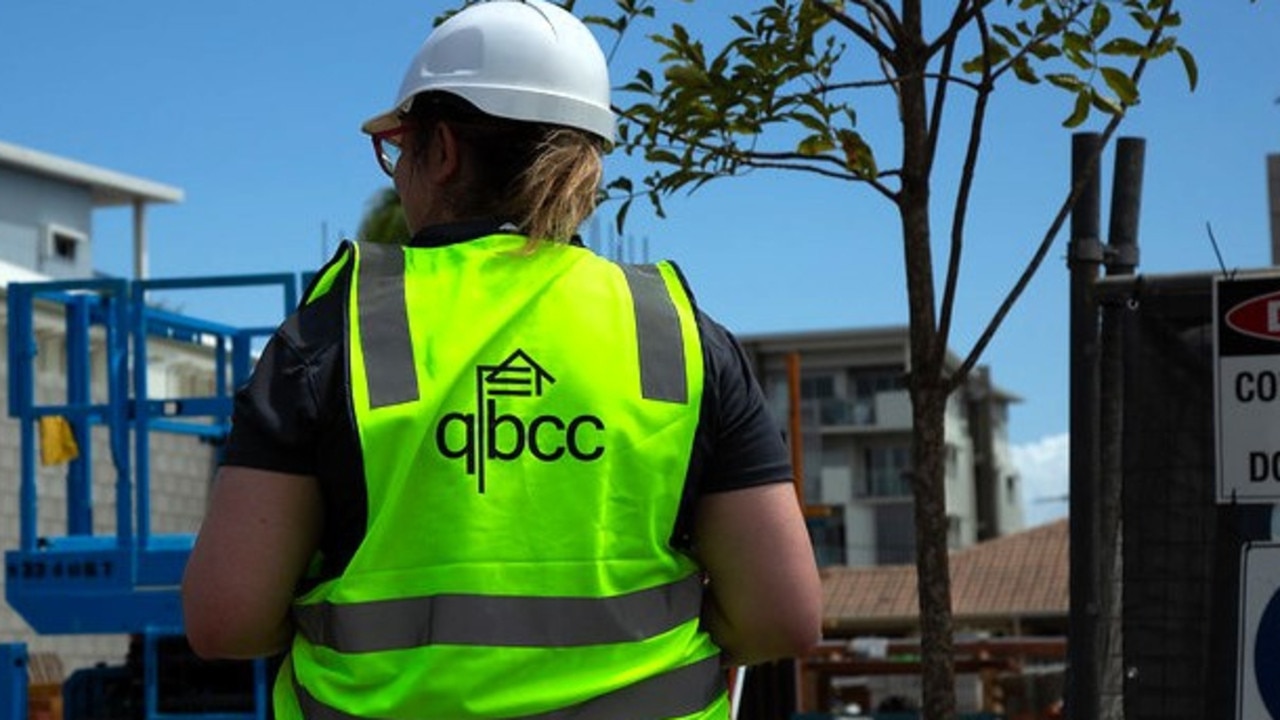‘Alarming trends’: Why carmaker Ineos Automotive dumped EVs
Ineos Automotive – the carmaker which says it gave a home to 4WD ‘refugees’ – reveals why it has parked EVs and how it plans to win customers with big diesel and petrol engines.
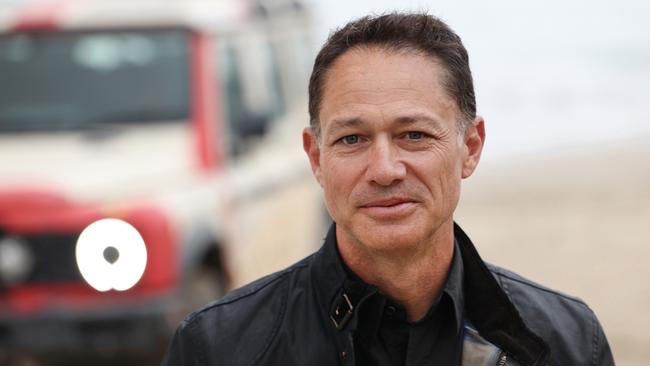
Business
Don't miss out on the headlines from Business. Followed categories will be added to My News.
Ineos Automotive has dumped its first electric four-wheel-drive, citing “alarming trends” in the second-hand EV market, even among early enthusiasts of the technology, the company’s Australian boss says.
The maker of the Ineos Grenadier – which has been described as a passion project of Sir Jim Ratcliffe and a home for 4WD “refugees” – planned to produce an electric vehicle with a petrol range extender by 2027.
It was part of the company’s strategy to provide a mix of powertrains to achieve net zero emissions on roads.
But, about four months after announcing its EV push, it has shelved the project.
Ineos Automotive’s Asia-Pacific regional director Justin Hocevar – previously an executive at Jaguar Land Rover, Renault and BMW – said development of its EV, dubbed the Fusilier, had progressed significantly.
“We reached a critical milestone in progressing that project forward at a point in time where there was, let’s say, some political imbalance and wavering around policy in some key markets,” Mr Hocevar told The Weekend Australian. “We’ve seen some dramatic shifts in residual values. We’ve seen some alarming trends in second ownership from some early adopters. EV incentives have come off some leading markets. (We’ve seen) how rapidly the uptake came off the pace.”
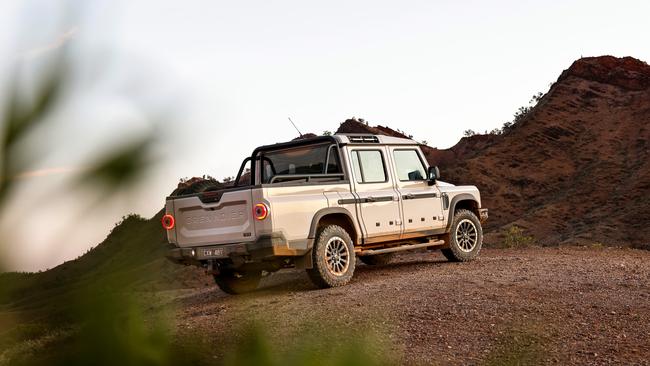
US President Donald Trump has led the charge, halting federal funding for new electric vehicle charging stations in the US, slamming the brakes on the build-out of America’s highway charging network for battery-powered cars and adding to so-called “range anxiety”. Mr Trump branded the move as “terminating the green New Deal”.
In Australia, CAR Group – owner of Carsales – revealed this week drivers were turning away from EVs as Tesla and other big carmakers slashed prices, sparking steep falls in used car values.
Less than a third of Australians say they are considering buying an EV – down from 56 per cent in June 2022.
Higher depreciation, coupled with limited charging infrastructure and the fact it takes longer to charge an EV than to fill up a conventional car with petrol or diesel, have been cited as roadblocks to EV uptake. During the Christmas holidays, the Electric Vehicle Council even urged drivers to exercise “charging etiquette”.
This included leaving home with a full charge and charging up to 80 per cent rather than 100 per cent to help reduce queue wait times.
Ineos was focused on building a replacement to the old Land Rover Defender before it became another plush SUV.
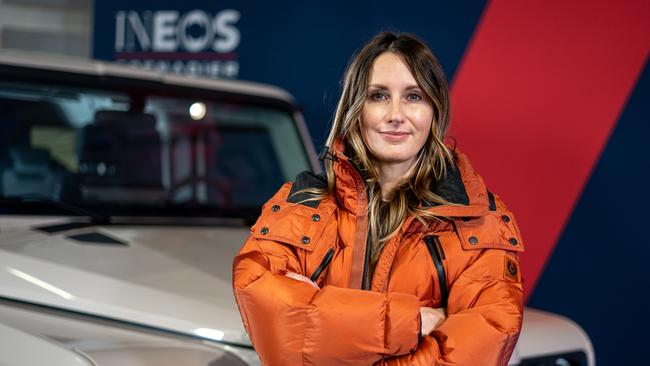
Mr Hocevar, who grew up in Victoria’s Sunraysia, said its cars needed to be robust enough to tackle tough driving conditions. “People who adopted the technology relatively early or really liked some of the incentives that were in place didn’t realise what they were getting into,” Mr Hocevar said.
“Some of the early research that we’ve come across, the anecdotal feedback that we come across, feedback from networks, etc, has been that as those people discovered that maybe it wasn’t perfect for them, they have changed their decision for the next vehicle.”
That’s not to say alternative powertrains are completely out of the question.
“Some people are saying ‘maybe a range extender suits me, maybe a hybrid suits me or maybe I’m going to wait for something that’s got a larger range’.
“The transition to EVs is part of an overall mixed, blended approach to energy and mobility. It’s going to be a really important part, and probably for the next 30, 40, 50 years.”
Indeed, Ineos Automotive chief executive Lynn Calder said too many governments have focused on electric vehicles for decarbonising roads, when instead a mix of powertrains was needed — and this includes internal combustion engines.
“Hydrogen definitely works. The challenge is governments and regulators have almost said ‘right, OK, electrification, done’,” Ms Calder told The Australian last year. “But you can’t just have one solution. It does need multipolarity because it’s a bit like saying ‘we’ve got to get off fossil fuels, so we’re going to be 100 per cent on wind by 2030’. It’s just irrational, you’ve got to have a mix.
“And combustion engines today are I think a third of the CO2 emissions of combustion engines from 10, 15, 20 years ago, so you can see that actually that is more environmentally friendly running that car that you buy today, taking into account the whole life cycle.”
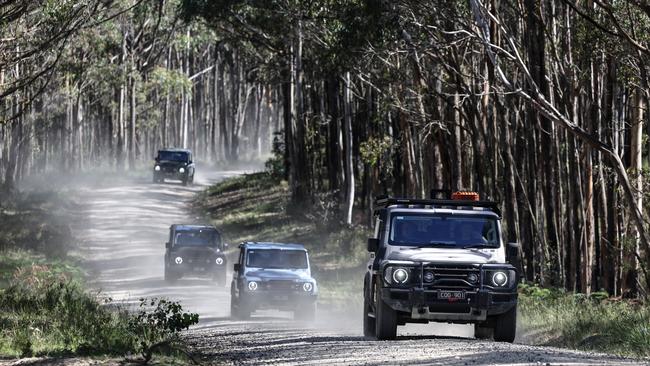
Ineos is now expanding deeper into the fleet market, striking partnerships with Mount Buller and New Zealand’s Search and Rescue Avalanche Dogs.
“We kicked off with so much retail business, big order bank, of retail business, that all of our focus was on managing that – eating that elephant and getting cars out on the road,” Mr Hocevar said.
“So we didn’t turn a lot of attention to the fleet channel, but we always knew that we had a vehicle that was capable of it, whether it’s emergency services, agribusiness, forestry. There’s so many use cases for both the wagon and the dual cab now that we want to open up those channels.”
But Ineos isn’t planning on stealing the mantles of Ford Ranger and Toyota HiLux – Australia’s No. 1 and No. 3 top selling cars, respectively – yet.
“We don’t have any sort of dizzy ambition to be taking on those guys. We don’t have the production capability. There’s not the demand. But we (would) certainly like to do some more volume.”
More Coverage
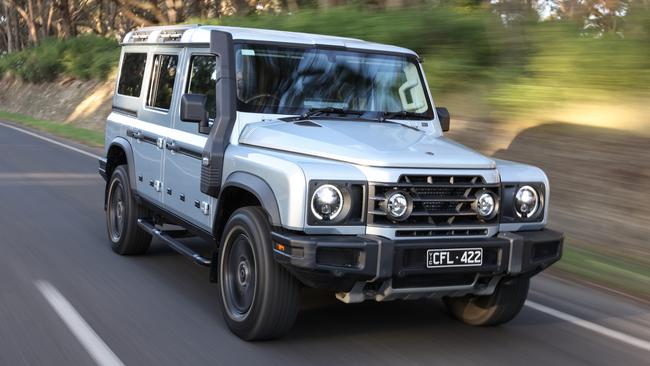
Originally published as ‘Alarming trends’: Why carmaker Ineos Automotive dumped EVs



